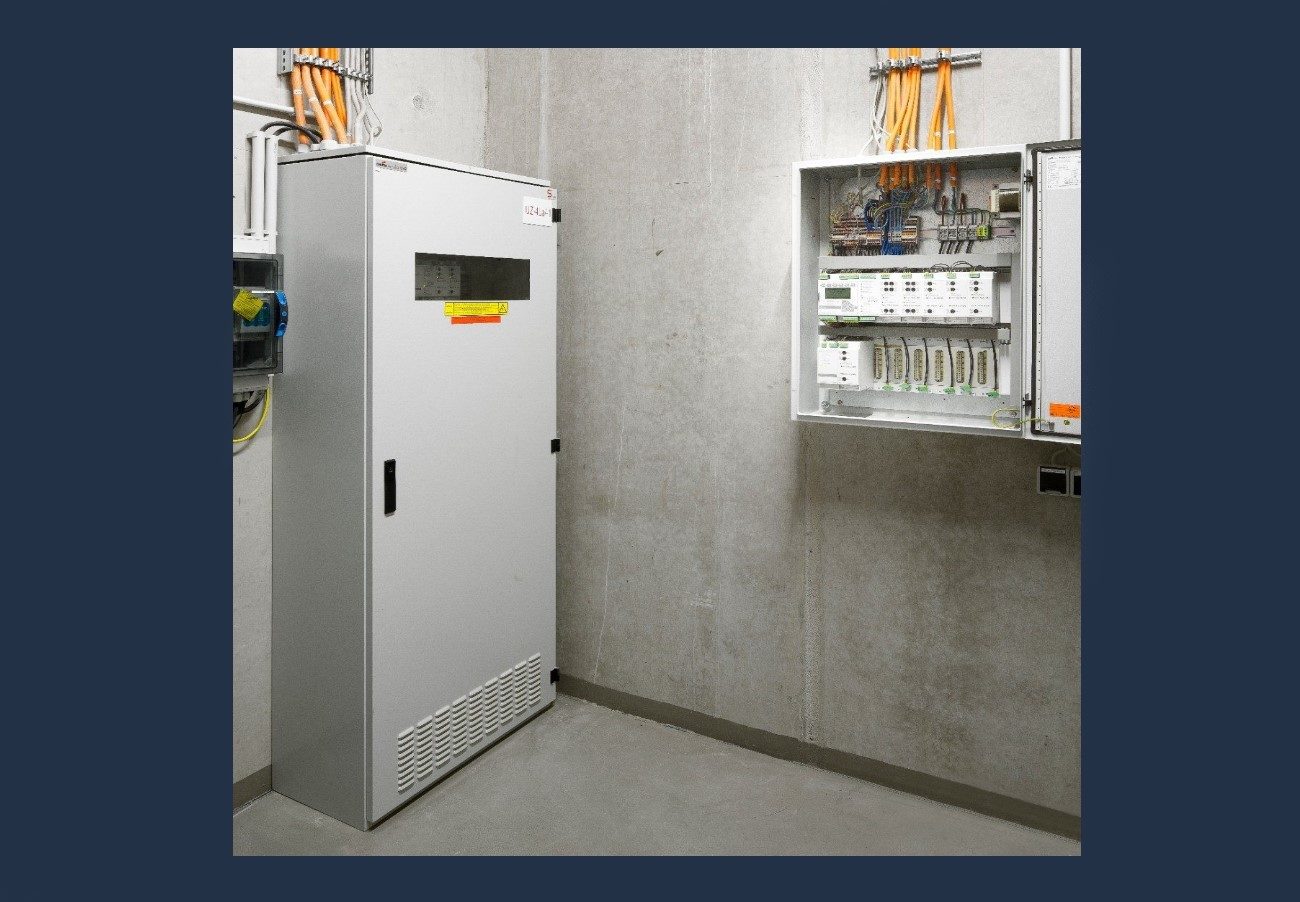Central Power Supply Systems (CPSS) are a specific type of standby power solution used with emergency and safety-related applications such as lighting, alarms and security systems. Also known as Central Supply Systems (CSS), they share many of the design and operational features of a typical online UPS.
To be classified as a CPSS, the product must meet the strict criteria outlined in EN 50171 for use with essential safety systems. This standard covers emergency systems permanently connected to AC supply voltages not exceeding 1,000V that use batteries as an alternative power source.
CPS systems are used to power a broad range of emergency-related applications and devices in the event of a mains failure:
- Fire safety and prevention i.e. fire extinguishing systems, smoke ventilation, fire alarms systems, lifts
- Emergeny Lighting
- Alarms and other detection systems
- Warning systems such as gas detection systems-carbon monoxide detectors
- Fire Escape Safety signs and other signalling installations
VRLA stands for Valve-Regulated Lead-Acid, these types of batteries are often found in CPSS installations.
A lead acid battery is made of a number of lead acid cells wired in series in a single container. Lead acid cells have two plates of lead hung in a fluid-like electrolyte solution of sulfuric acid.
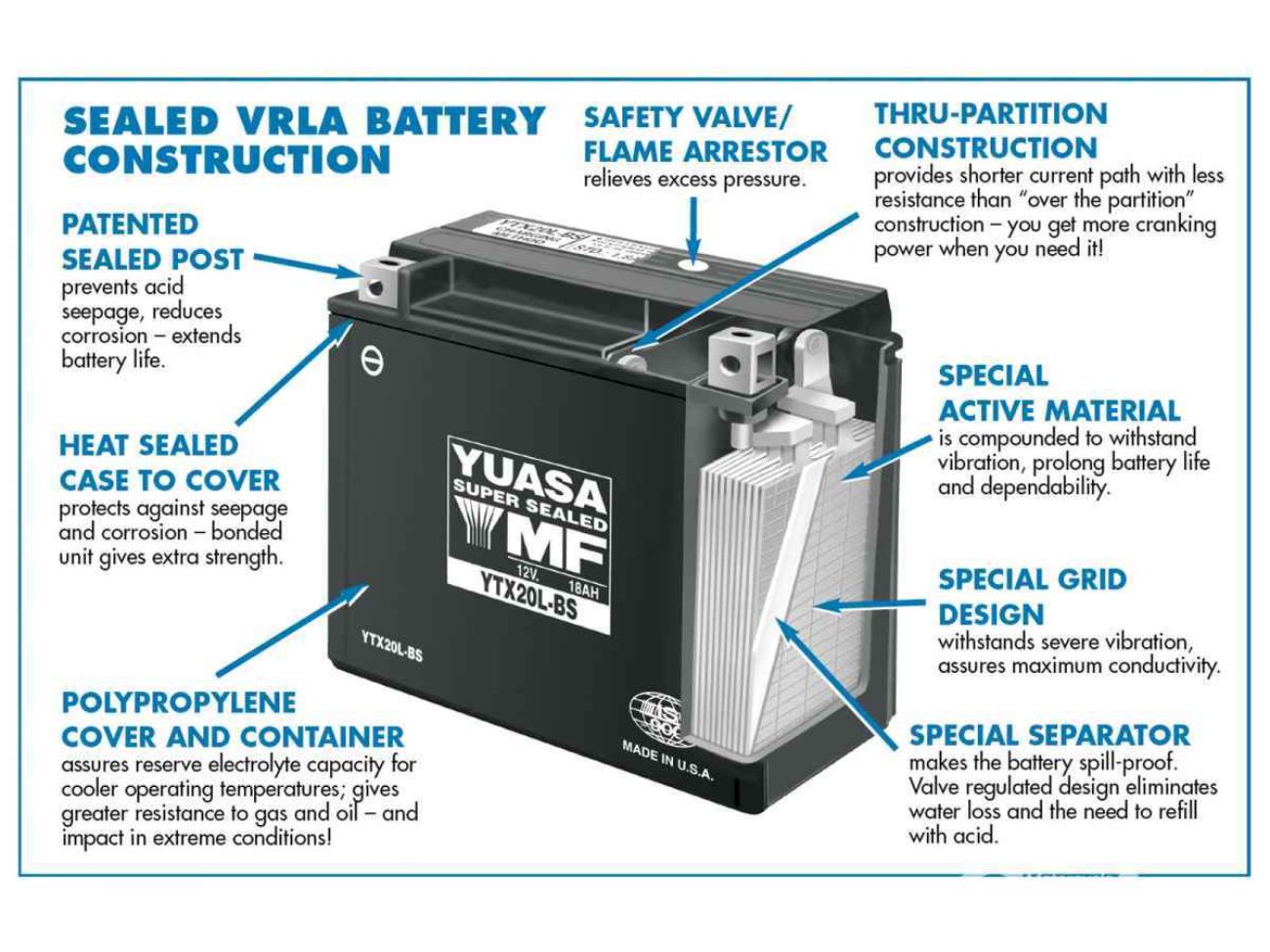
While in use, the battery generates power by reducing the lead plates, turning them into lead-sulfuric-oxide. This process is reversed once the battery is charged – meaning the lead-sulfuric-oxide is broken down turning it to pure lead and sulfuric acid. Since this reverse process is not perfect, hydrogen gas is released before it can completely mix with the water inside the battery container. To prevent the build-up of the hydrogen gas (which may cause the battery to explode), a vent is used to relieve the pressure.
To avoid these problems, valve regulated lead acid (VRLA) batteries prevent the movement of the electrolyte inside the container, trapping the hydrogen near the plates, making them readily available for re-combination as the battery is recharged. This construction greatly reduces the water loss during the discharge/recharge cycle, thus making the battery maintenance free (no need to add water) and the battery can be sealed. Because of this, we can use this type of battery in any position/orientation we like without the fear of spillage.
Fire Suppression Systems for CPSS Installations
Option 1: Inert Gas Extinguishing Systems
Inert gas fire systems once activated lower the oxygen level in the room to a point where the fire is extinguished but is safe for you and your employees.
Commonly used inert gasses for data centres are IG-55 (Argonite®). IG-55 is an inert gas blend of argon and nitrogen, which occur naturally in the environment. With zero ozone depletion potential ODP, zero Global warming potential GWP and zero atmospheric lifetime, it has excellent environmental properties. A typical design concentration of 40% will reduce the oxygen level to 12.5% within 60 seconds.
Another gas is IG-541 (Inergen®). IG-541 is a mixture of 52% Nitrogen, 40% Argon and 8% CO2. However, in the event of a fire, when IG-541 is discharged, it mixes with the air present in the room to create a mixture that comprises of 67.3% Nitrogen, 12.5% Oxygen, 17% Argon and 3.2% Carbon Dioxide. As with IG-55, the mixture of gasses will reduce the oxygen levels down and extinguish the fire and will be safe for people within the room.
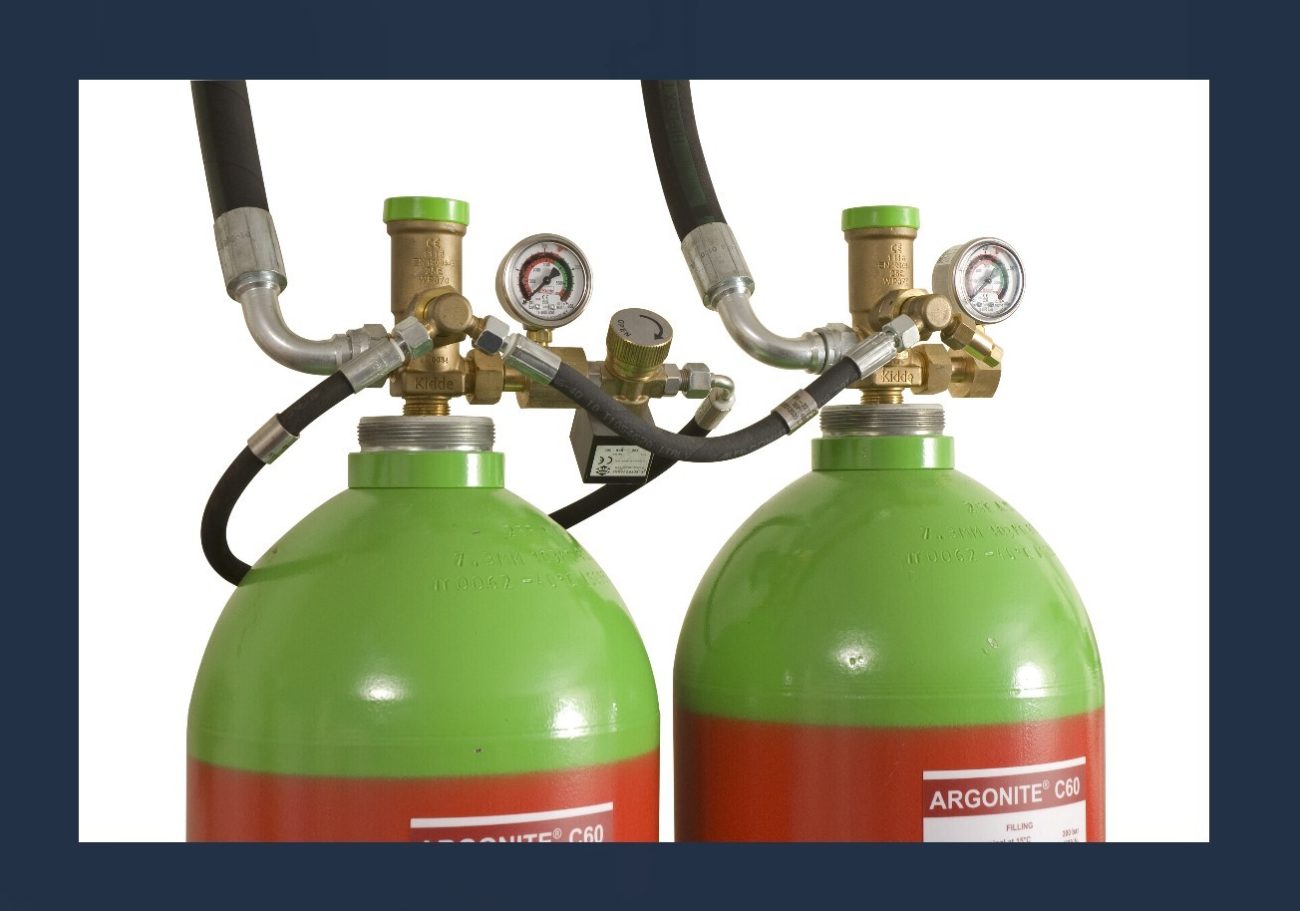
Option 2: Chemical / Synthetic Gas Suppression Systems
Synthetic gas systems quickly extinguish the fire once activated; they are designed to extinguish the fire in under 10 seconds.
For years FM-200 was used as a direct replacement for Halon.
FM-200 systems are known worldwide for providing fast, clean, and safe fire suppressionsolutions. People are the main asset of any business, and their protection is paramount. The FM-200 fire extinguishing system is proven safe for use in occupied, protected areas.
3M™ Novec™ 1230 is the environmentally friendly alternative to FM200® and has a number of further benefits. 3M™ Novec™ 1230 has the largest safety margin of all the suppression gasses.
3M™ Novec™1230 contains neither bromine nor chlorine and has zero ozone depleting potential. The atmospheric lifetime of 3M™ Novec™ 1230 fluid is estimated to be in the range of 3-5 days and with a global warming potential of 1, it is considered that the 3M™ Novec™ 1230 has no measurable impact on climate change. These attributes ensure that 3M™ Novec™ 1230 represents a truly sustainable solution.
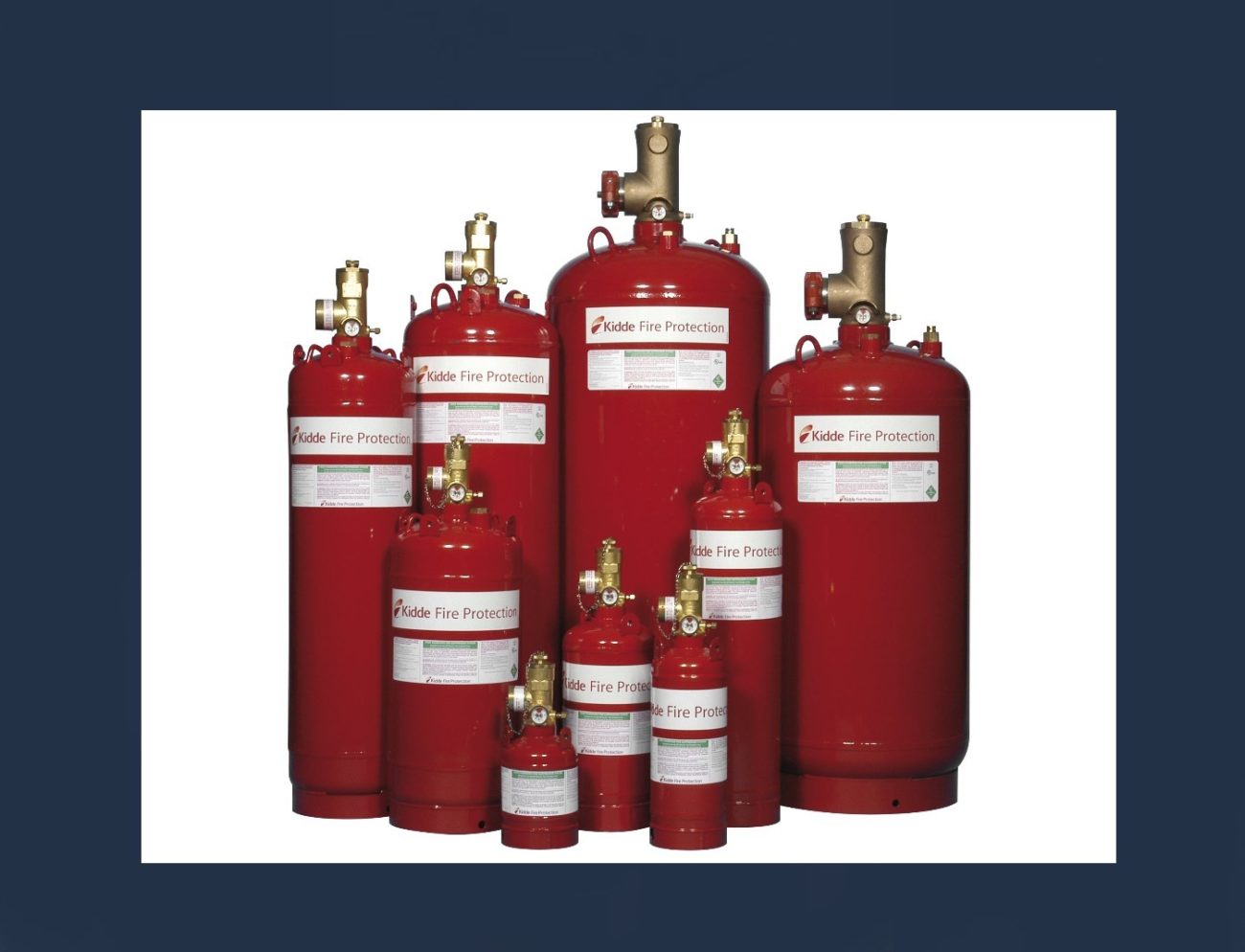
Option 3: Condensed Aerosol Suppression Systems
The Condensed Aerosol System suppression technology is based on the chemical reaction of solid energetic materials that generate, via the combustion process large amounts of a highly efficient, cost effective, micro particles of powdered aerosol that acts chemically and physically on the fire to extinguish within seconds.
For suppression systems utilising Lithium-ion batteries click here.
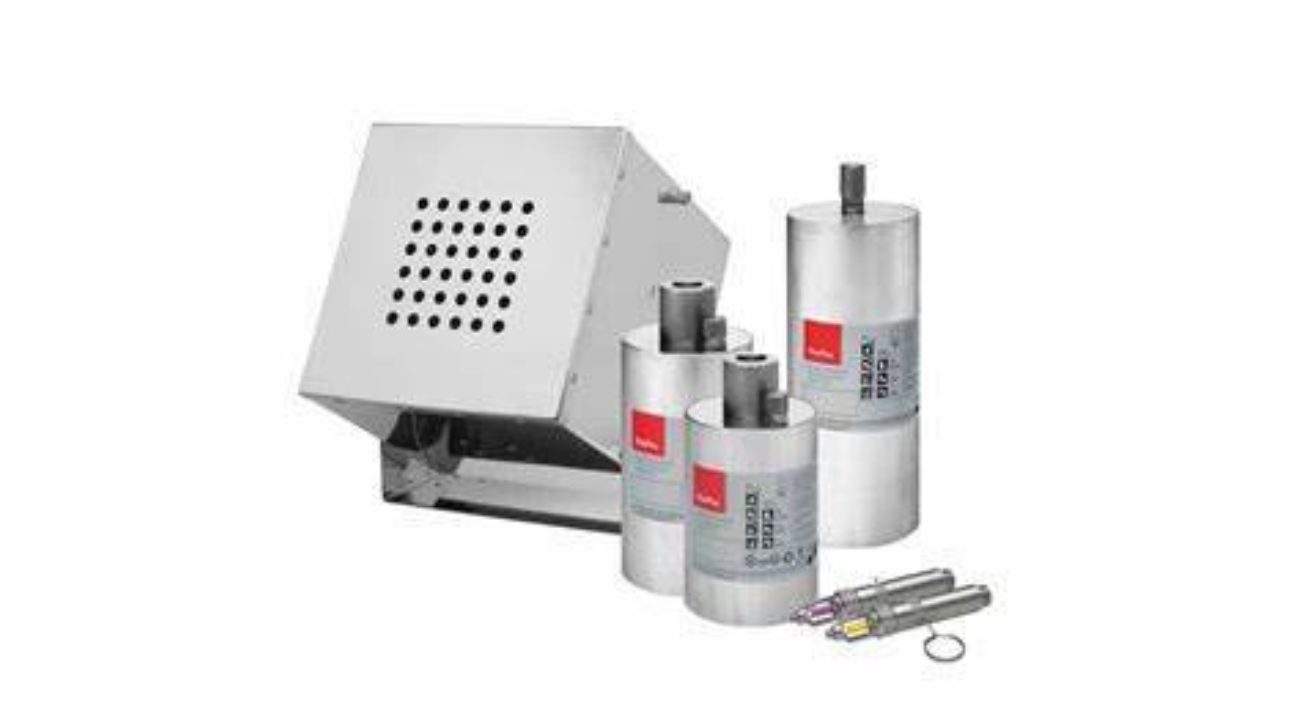
Applications for CPSS Installations Fire Prevention Systems
- Battery Energy Storage Systems
- ESS
- Battery Rooms
- Energy Storage Systems
- Off Grid Energy Storage
- UPS Rooms
Why Choose us?
- Speedy response from your initial enquiry
- Highly qualified and friendly engineers on hand to answer any questions or queries you may have
- Quick and easy installation resulting in the tightest deadlines being achieved
About SolarFire Systems
We are known for our excellent customer service, our expertise, and our reliability.
For more information on how we can help your business email [email protected] or give us a call at 01628 902107.
